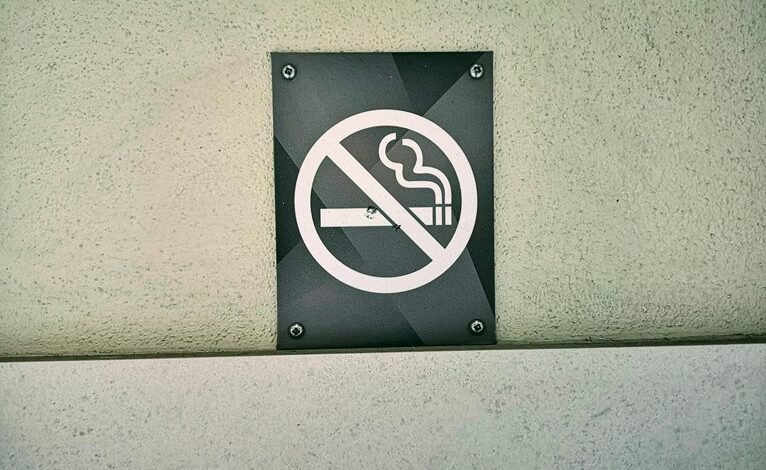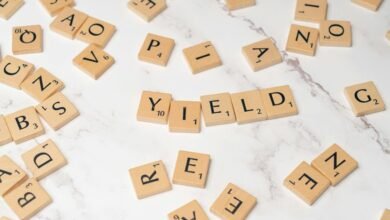Photoacpmpa: A Influência das Imagens no Direito

The influence of images in legal contexts is both significant and complex. Visual evidence can enhance understanding and evoke emotional responses, potentially swaying jurors' opinions. However, this reliance on visuals also introduces risks, such as distortion of facts and misinterpretation. As legal practitioners increasingly incorporate imagery into their strategies, the implications of such choices warrant careful examination. The balance between persuasive power and factual integrity remains a critical concern in modern jurisprudence.
The Role of Visual Evidence in Courtroom Settings
Although the primary focus of courtroom proceedings often centers on verbal testimonies and legal arguments, the use of visual evidence has emerged as a critical component in influencing juror perceptions and decision-making.
Visual persuasion plays a vital role in courtroom dynamics, as images can evoke emotions, clarify complex information, and reinforce narratives, ultimately swaying jurors' opinions and contributing to the outcomes of cases.
Social Media's Impact on Legal Perception
How does social media shape public perceptions of legal matters?
Social media platforms utilize visual storytelling to convey complex legal issues, influencing audience interpretations and opinions.
The rapid dissemination of images and narratives can amplify biases or misconceptions regarding legal cases.
Consequently, public understanding of law may be swayed by sensationalized content, highlighting the critical need for discernment in consuming legal portrayals online.
Case Studies: When Images Shape Justice
As images increasingly permeate legal discourse, their impact on justice becomes evident through various case studies.
Instances where image authenticity influenced courtroom narratives reveal a dual-edged sword; while compelling visuals can enhance understanding, they also risk distorting facts.
Courts must navigate the complexities of visual evidence, ensuring that images serve as accurate representations rather than manipulative tools, ultimately shaping the pursuit of justice.
Conclusion
In the courtroom, images serve as both a beacon and a mirage, illuminating truths while casting shadows of doubt. Like a double-edged sword, they can carve paths to justice or lead jurors astray. As the legal landscape evolves, the careful balance between emotional resonance and factual integrity remains paramount. Just as a painter selects hues to evoke feelings, legal practitioners must wield visual evidence judiciously, ensuring that the canvas of justice reflects reality rather than illusion.




